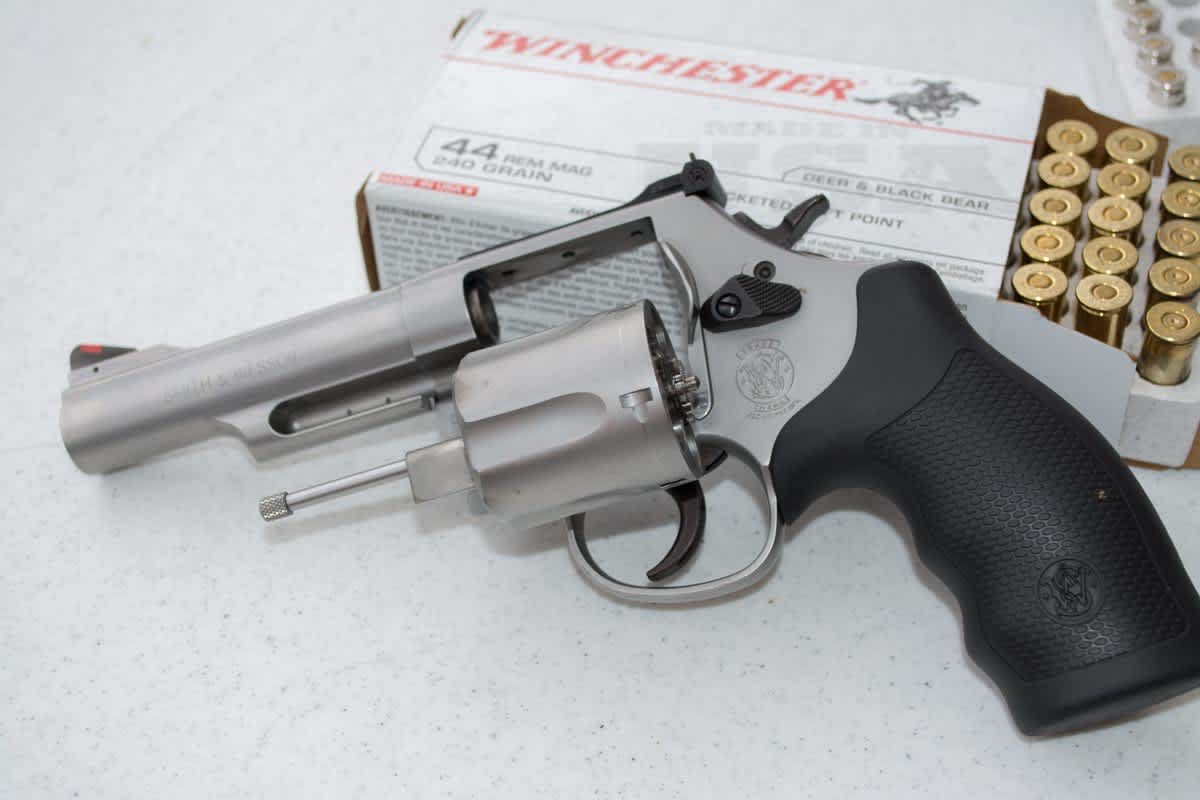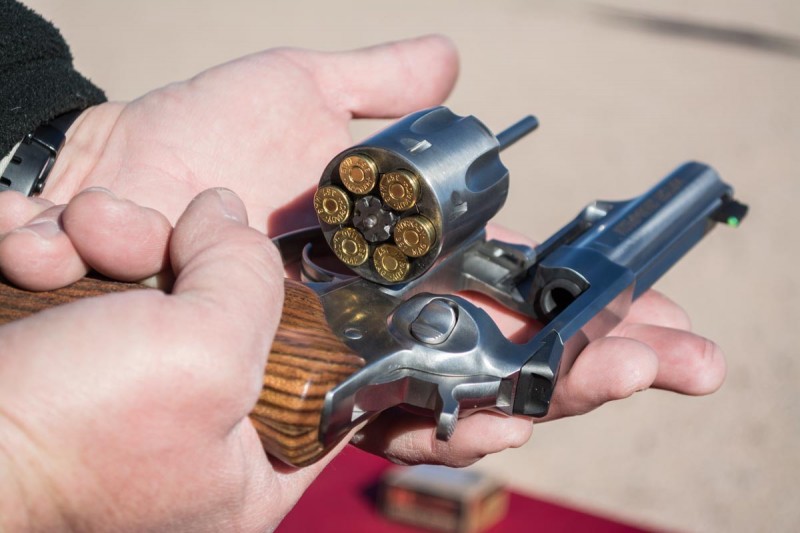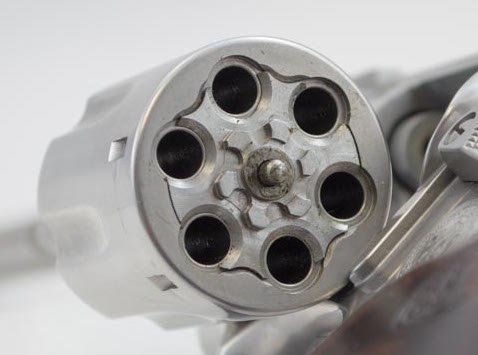Concealed Carry Myths: Semi-autos Suck Because Revolvers Don’t Jam
Tom McHale 06.24.15

“A revolver never jams!”
I hear this one virtually every time I visit a gun store. Given what I do for a living, I simply can’t help picking up the sales conversations at the gun counter. Yeah, I know. That’s nosey and none of my business. Whether it’s my business to overhear or not, the statement still makes me cringe.
Listening to the “infallibility of the revolver” argument, you’d think that semiautomatic pistols were some new and untested invention like smart guns. They’re not. Semiautomatic pistols have been in common use for nearly a century, and they’ve been the law enforcement go-to handgun platform for decades. Even still, we collectively spend countless hours arguing about what’s the better concealed carry option: revolver or semiautomatic. Because time won’t kill itself, apparently.

I’m not doubting the reliability of a good revolver. I own several myself. They work pretty much all the time. I’ve also had them fail, just like I’ve had semiautomatic pistols fail. The most common failures I’ve observed relate in some way to the cylinder getting locked up. When you either cock the hammer or pull the trigger of most revolvers, the cylinder rotates to bring a new cartridge into position. The new chamber with a ready-to-fire cartridge lines up with the bore just before the hammer releases to break the shot. If the cylinder won’t move, or binds in any way, they revolver can’t fire, at least more than once.
There are a number of potential causes for binding. The most common I’ve seen involve dirt, crud, brass, lead pieces, or unburned powder making their way into the extractor. Many modern designs use an extractor “star” that simultaneously lifts the rims of all of the cartridge cases present. If debris gets between the cylinder itself and the extractor “star,” then it can’t close all the way and cartridges can’t seat fully in the chambers. This in turn moves the cartridge bases even closer to the breech face, minimizing the room available to let the cylinder turn freely. If the breech face is dirty and cases are pushed too close, it may bind.
If it’s just sticky, and the debris is soft, no big deal. You can encourage the action to work with a little extra brute force. if you end up with brass or lead chunks in there, the cylinder can bind pretty darn tightly, rendering the gun inoperable until you can manage to open the cylinder and clean things out.
The cylinder-binding issue can arise from a couple of less common causes, too. One other gotcha I’ve run into on rare occasion happens when primers back out a tad due to excessive pressure or bad primers or pockets. The primer can extend until it’s forced against the breech face, causing friction and potential binding. I may or may not have had this problem when firing “primer only” wax bullets when on garage spider patrol.
One more potential gotcha that people love to talk about is the scenario of bullets moving forward in their cases, extending forward of the chamber, and preventing the cylinder from turning. If not seated properly, a bullet in a waiting chamber can actually move forward under heavy recoil. I’ve shot plenty of .357 Magnum and .44 Magnum and not yet had this happen, but others have. Probably? No. Possible? Yes.

Of course, a revolver can have a mechanical failure like any other type of gun. No mechanical thing is infallible. There’s no magic solution out there that defies the laws of wear and materials stress.
I have to think that the “revolvers are infallible” myth comes in part from a blending of intention. When folks say “a revolver will always go bang,” I think they really mean two different things.
First, that a revolver is mechanically reliable. The second and possibly more true statement is that they’re easier to make go bang. They’re simple to operate, as all one has to do with any modern double-action revolver is pull the trigger. Then pull it again. No controls, safeties, removable magazines, decocking or slides. They’re operator friendly.
Maybe that’s the real reason people make the trade-offs for a revolver over a semiautomatic. Yes, revolvers generally carry fewer rounds than semiautomatic pistols, but they’re kind of a sure thing right? Six “for sure” versus 15 “maybe.” You know how the old saying goes, “A bird in the hand is…usually fried chicken.” Or something like that.
My point here isn’t to claim that revolvers are unreliable. They’re very reliable. So are modern semiautomatics. In the hundreds of thousands of rounds I’ve shot, I can’t tell a difference in the mechanical reliability of quality samples from both revolver and semi camps. Like any piece of mechanical equipment, either can fail. The real differences between the two platforms can’t be boiled down into an overly simple soundbite like “a revolver always goes bang.” In reality, there are dozens of other deciding factors that indicate which platform is best for you.
Tom McHale is the author of the Insanely Practical Guides book series that guides new and experienced shooters alike in a fun, approachable, and practical way. His books are available in print and eBook format on Amazon.

